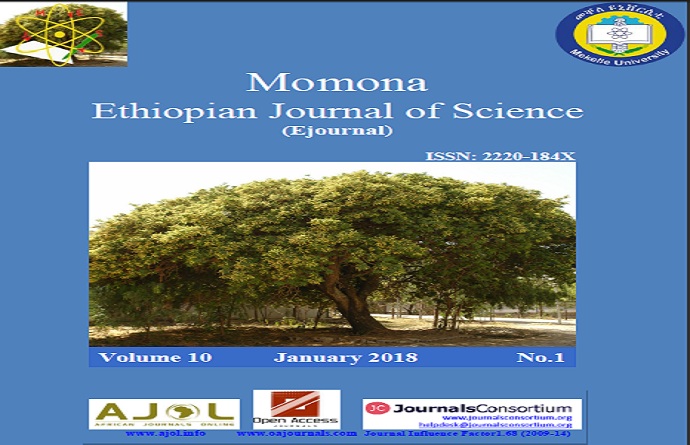Indirect Estimation of Selected Measures of Fertility and Marital Fertility from Information on CWR (0-9): An Application to India /States /Districts
Abstract
Fertility is one of the important components of population change, the other two being mortality and migration. When vital statistical data on number of births is readily available it is estimated directly using various direct measures of fertility such as the crude birth rate (CBR). When the information on number of births is not directly available, fertility is measured using the census information on child woman ratios (CWR) of various types. CWR has several limitations, but gained importance with the attempts made by Rele in 1963, and followed by several other researchers such as Hauer and his co-authors in 2013 deriving TFR from it. In the present study yet another attempt is made to use CWRs to derive not only TFR but also other summary indicators such as the TMFR. A set of simple mathematical formula have been used to estimate the fertility and marital fertility using the CWR of the ages 0-9. The 2011 census age-sex data of districts in India was used to derive a set of fertility estimates for total, rural and urban areas of all districts. Further, these estimates of 2011 have been compared with the estimates of 2011 earlier made by Guilmoto and Rajan to analyse the robustness of the estimates.
Downloads
References
Guilmoto, C. Z. & Rajan, S. I. 2013. Fertility at the District Level in India: Lessons from the 2011 Census, Economic and Political weekly, EPW Vol. XLVIII No. 23(8):59-70 and Appendix tables on CBR and TFR.
Hauer, M., Baker, J & Brown, W. 2013. Indirect Estimates of Total Fertility Rate Using Child Woman/Ratio: A Comparison with the Bogue-Palmore Method. PLOS ONE, 8(6):1-7, e67226 (From www.plosone.org).
Rele, J.R. 1976. Fertility Analysis through Extension of Stable Population Concepts. Westport, Connecticut: Greenwood Press. (Originally published in 1967 by International Population and Urban Research, University of California, Berkeley)
Rele, J.R. 1987. Fertility levels and trends in India, 1951-81. Population and Development Review, 13(3): 513-530. Smith, D. P. 1992. Formal Demography. Plenum Press, ISBN: 978-0-306-43869-1, eBook ISBN: 978-1-4899-2465-0, pp.228-234.
Copyright (c) 2018 Momona Ethiopian Journal of Science

This work is licensed under a Creative Commons Attribution 4.0 International License.
COPYRIGHT AND LICENSE POLICY
The Momona Ethiopian Journal of Science accepts the manuscripts for consideration with the understanding that the manuscript has not been published and is not under consideration for publication elsewhere. Only original articles will be considered for publication if they have been published previously as abstracts, but not if they have been published previously as extended abstract (>1000 words). This applies to both electronic and print versions of the journal. The authors should assign copyright ownership to the Editorial Office of MEJS in the event that the manuscript is accepted for publication in the Momona Ethiopian Journal of Science. All accepted manuscripts must be accompanied by a copyright statement signed by all authors. A copy of the copyright form will be supplied along with the final reviewed version of the manuscript that is sent for final proof- reading. Authors may make multiple copies of the form if necessary and send to the Editorial Office with author’s signature(s) even individually.
All articles published by Momona Ethiopian Journal of Science (MEJS) are Open Access under the Creative Commons Attribution License (http://creativecommons.org/licenses/by/4.0). Under this license, authors retain ownership of the copyright for their content, and anyone can copy, distribute, or reuse articles as long as the author and original source are properly cited. In all these cases for re-use, the authors will be given proper credit to the original publication in MEJS.
